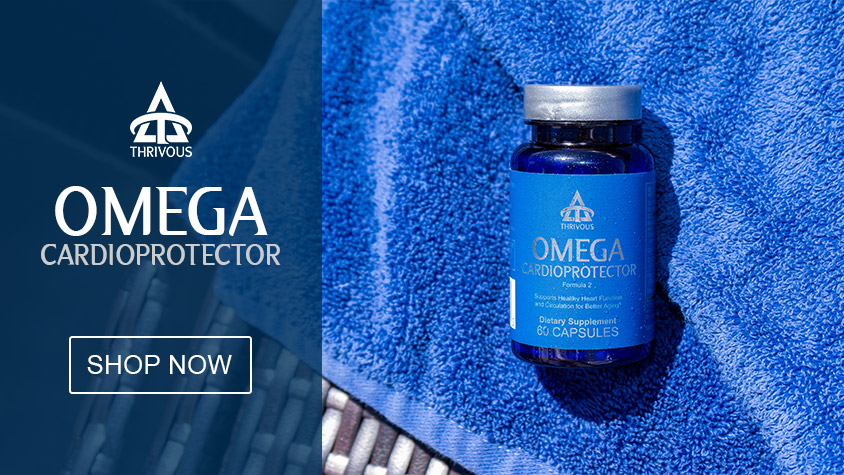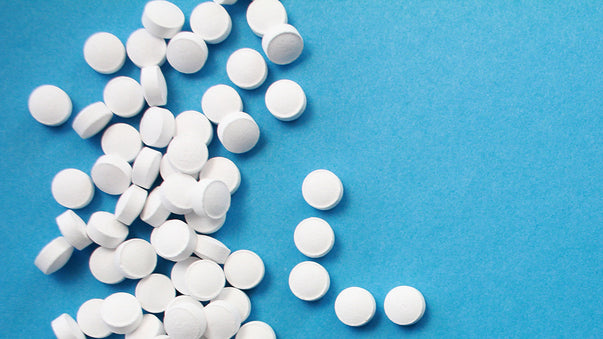Use Anthocyanin to Recover Faster from Exercise

Quality, dosage, and timing are all important with supplements. When engaging in modified or intermittent fasts, the timing can be a bit more tricky.
This week, our first new study looks at taking Omega 3 supplements in the fasting state versus the fed state. The second new study looks at the effects of Omega 3 on gene expression. And the third looks at enhancing exercise recovery in non-athletes with Anthocyanin (found in Blueberry, for example).
In this crazy time of isolation, I wish you good health. Find fun in the moment. And make plans for when we can get back out in the community!
Take Omega 3 with Food
This study has some interesting data about maximizing absorption of Omega 3 supplements. The researchers randomly assigned 56 healthy adults to take a single 4g dose of Omega 3 phospholipid free fatty acids (1240mg EPA + DHA) or Omega 3 ethyl esters (3080mg EPA + DHA). The dose was taken ten hours into a fourteen hour fast or thirty minutes after starting to eat a high fat meal (57% calories from fat). Plasma levels of EPA and DHA were measured at 24 different time points.
With the phospholipid free fatty acid supplement, the total exposure was 73% higher in the fed state compared to the fasted state. The peak level was similar between the two meal states, though the peak level was delayed in the fed state.
With the ethyl ester Omega 3 supplement, the total exposure was 25 times higher in the fed state compared to the fasted state. The peak level was eleven times higher in the fed state. The peak level was reached at about seven hours, in both the fasted and fed states.
Both supplements were better absorbed when there was food already in the stomach. The difference was more marked with the ethyl ester Omega 3 supplement.
Omega 3 May Modify Gene Expression Favorably
People with Parkinson’s disease are particularly sensitive to inflammation. Markers including PPAR-γ, IL-1, and IL-8 are associated with less inflammation and better outcomes. Lower levels of TNF-α are associated with better outcomes. Decreased LDL receptors are associated with better outcomes in some conditions.
In this study, forty participants took a placebo or 1000mg of Omega 3 from flaxseed oil and 400 IU of Vitamin E with lunch for twelve weeks.
Although IL-1 and IL-8 expression weren’t different between the groups, other changes were seen. The group receiving Omega 3 and Vitamin E showed up-regulated of protective PPAR-γ and down-regulation of undesirable TNF-α and LDL receptors.
The researchers concluded that Omega 3 and Vitamin E appear to influence gene expression and decrease signs of inflammation.
Anthocyanin May Enhance Exercise Recovery
This study focused on enhancing the body’s ability to recover from intense exercise. Thirty non-athlete men consumed a placebo or Anthocyanin supplement (58mg anthocyanin) twice a day for five days before performing an intense run. And they continued the supplement for four days afterwards.
Oxygen uptake and perceived exertion increased for both groups immediately after the run. They remained elevated for 48 hours for the placebo group, but the Anthocyanin group fully recovered after 24 hours. Muscle soreness was greater in the placebo group after the run and throughout the rest of the study. Serum creatinine increased in both groups and was still higher at 96 hours in the placebo group. Isometric peak torque decreased in both groups after the run, but the Anthocyanin group recovered by 72 hours while the placebo group never reached baseline during the study.
The researchers concluded that the anthocyanin supplement enhanced running economy and recovery from exercise-induced muscle damage.
Thrivous
Omega Cardioprotector provides a clinical dose of Fish oil powder in each serving. It also provides clinical doses of Garlic and French Maritime Pine Bark Extract. These nutrients work together to promote healthy triglyceride and cholesterol levels, and enhance circulation. As indicated in the studies above, it's best to take Omega with a meal to maximize absorption.
Vitality Geroprotector provides 350mg Anthocyanin from 1400mg Blueberry extract in each serving. It also provides clinical doses of Berberine with Milk Thistle, and Coenzyme Q10. These nutrients work together to enhance metabolic, cellular, and genetic function. As observed in the study above, the Anthocyanin in Vitality may enhance exercise recovery.
More Articles
Don't fall behind! Thrivous monitors new human studies of nootropic and geroprotector supplements, so you can make the best decisions based on the latest science. Supplement Science Updates are part of the free Thrivous newsletter. Subscribe now to receive email about human enhancement, nootropics, and geroprotectors, as well as company news and deals.
Read more articles at Thrivous, the human enhancement company. You can browse recent articles in Thrivous Views. See other Supplement Science Update articles. Or check out an article below.
-
FDA Authorizes Two Drugs for COVID-19
The U.S. Food and Drug Administration (FDA) issued an Emergency Use Authorization (EUA) for hydroxychloroquine sulfate and chloroquine phosphate. The ...
-
Social Distancing and Potential COVID-19 Cures
Like many people, I am staying home all the time, except for long walks in the woods and occasional trips ...



